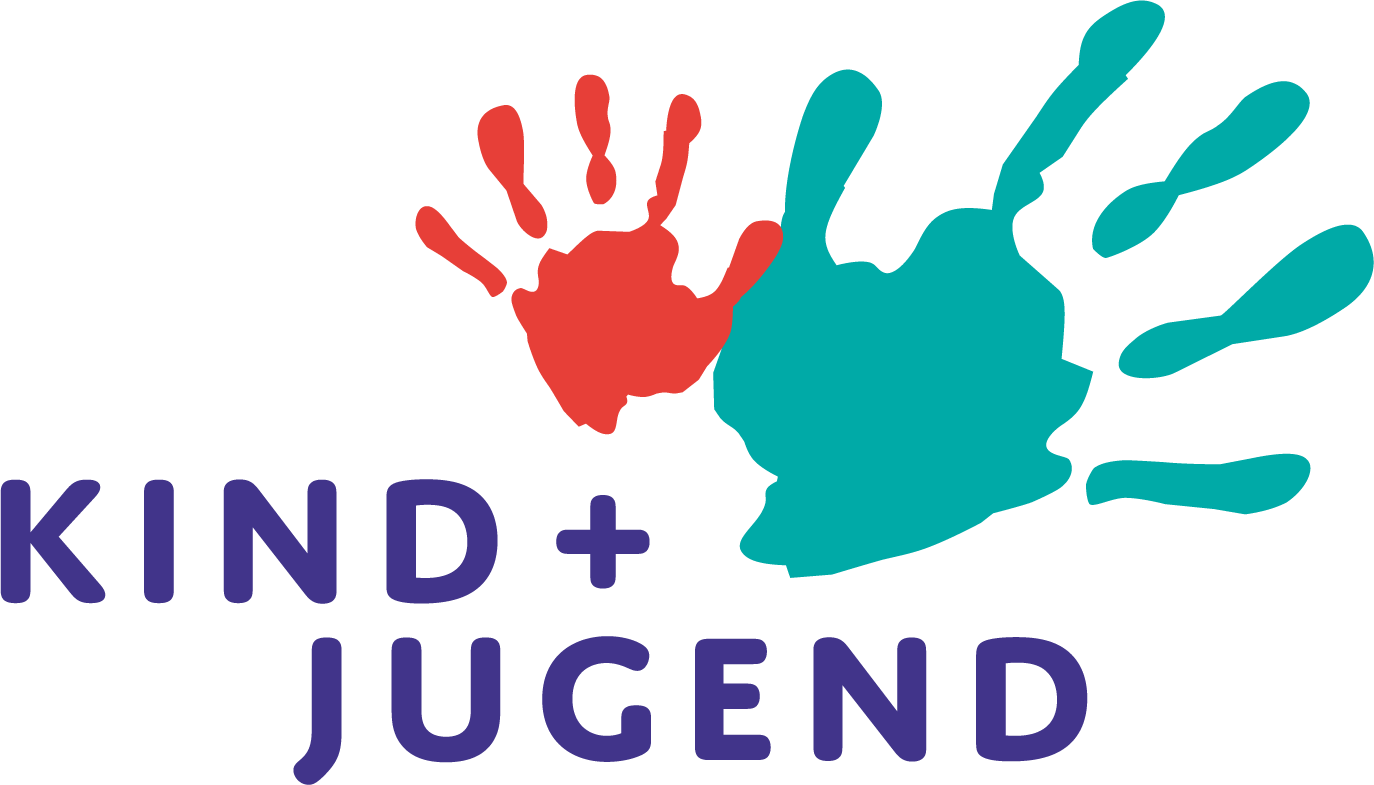Breaking free from the pink and blue trap: gender-neutral fashion for kids
1 Feb 2021

Gender Shift, the dissolution of traditional gender roles, has been a megatrend for some time. ©Koelnmesse
Pink for girls and blue for boys are still among the most popular colours for children’s clothing. However, a growing number of parents do not want to force these stereotypes on their children and consciously look for gender-neutral clothes. Major brands are now embracing the unisex trend too.
What are little girls? When it comes to colours and T-shirt designs, that means one thing: it has to be cute – like a pink fairy, glitter princess or “Little Miss Sunshine”. Boys, on the other hand, are cool clad in blue and green and already at a young age are car enthusiasts, little explorers or the “Little Boss”. While all this appears harmless, the impact of these stereotypes is evident in how they cast even the very young into certain roles, shape their tastes and influence their interests.
These role assignments are still deeply anchored in our society as can be seen in the case of UK department store chain John Lewis . In 2017, when the company decided to no longer offer children’s clothing separated by gender, it sparked an enormous backlash. The retailer was accused of stealing the identity of children and “caving in to political correctness.”

The new favourite colour in children’s clothing is not pink or blue, but a neutral grey – for both girls and boys. ©whistle & flute
Around one-third of parents prefer gender-neutral products
In the meantime, we have moved on: Gender Shift, the dissolution of traditional gender roles, has been a megatrend for some time, with an impact on the baby and children’s products business. More and more parents do not want to push their children into the pink and blue trap and consciously buy unisex clothing. This also has very practical advantages because little brother also wants to wear his big sister’s cool jungle pants.
According to a representative survey by idealo, the shopping and comparison platform, 62 percent of the respondents still pick blue or green T-shirts for their sons and 68 percent prefer pinks or pastels for their daughters. At the same time, just as many respondents (64 percent) have bought a gender-neutral product for their children at least once. In addition, 18 percent buy only gender-neutral products, while another 29 percent do so as often as possible. Of the parents who prefer unisex products, 45 percent complained that such products are difficult to find.
However, that is also changing. Long gone are the days when gender-neutral products, and especially children’s clothing, came only from innovative start-ups like the Berlin label freh or whistle & flute from Canada, which designs children’s apparel with tigers, robots and lightning bolt motifs. Even established brands like Lässig and Sterntaler have colours beyond pink and blue in their product range. Well-known names like Zara and H&M have also jumped on the bandwagon and are promoting the “gender-neutral trend”, although at this point only with outfits geared towards adults. One prominent voice could bring special attention to the unisex movement and that is the singer Céline Dion, who is herself a mother of three and has already launched several unisex collections for kids with her Celinununu label.
By the way, the new favourite colour in children’s clothing is not pink or blue, but a neutral grey – for both girls and boys.
It will be interesting to see how this trend evolves.
